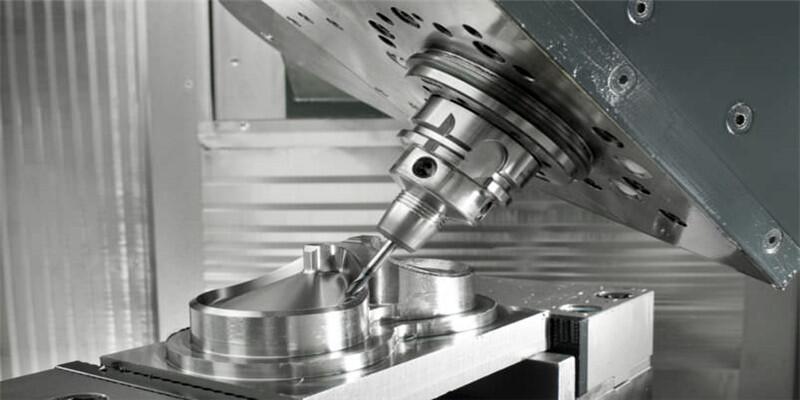BETTER TOUCH BETTER BUSINESS
Contact Sales at Lori.
DLP (Digital Light Processing) light curing 3D printing technology is a method of 3D printing using the principle of digital light processing. The basic principle: The model is first cut horizontally into layers with 3D printing software, and then the shape of the first layer of resin model is projected, and then the light curing molding is done. The first layer of molding enlarges the object slightly and projects the shape of the next layer of model onto the resin, in turn repeating and printing the model in layers.
CNC machining and CNC prototyping are both critical technologies in modern manufacturing, but they serve different purposes and have distinct characteristicsCNC machining refers to the use of computer-controlled automated equipment to process materials and produce parts or products. Its primary goal is the mass production of high-precision, repetitive parts, making it a staple in industrial production.
On the other hand, CNC prototyping is a specialized subset of CNC machining. It involves inputting CAD files into CNC machines to create prototype models. The focus here is on producing a small number of high-quality prototypes quickly. These prototypes are typically used for functional testing or gathering user feedback, and CNC prototyping is often employed in design development and research.
Key differences between CNC machining and CNC prototyping include:
1.Scale and Purpose:
- CNC machining is aimed at mass production, prioritizing efficiency and low-cost manufacturing.
- CNC prototyping caters to small-scale, personalized needs, emphasizing rapid production of a single or a few prototypes.
2.Precision and Adaptability:
- CNC prototyping generally requires higher precision and greater adaptability to meet stringent quality requirements for prototypes.
- CNC machining, while still precise, often has slightly lower precision requirements since it focuses on high efficiency.
3.Applications:
- CNC machining is widely used in industrial production fields.
- CNC prototyping is commonly utilized in design development, research experiments, and other fields requiring prototype development

However, CNC prototyping has several limitations:
1.Material Limitations:
- CNC machining can only handle materials suitable for processing. Extremely hard, brittle, or soft materials are often not suitable.
2.Size Constraints:
- CNC machines have a limited processing range and cannot handle prototypes that are too large.
3.Complex Geometry:
- Creating prototypes with very complex, detailed, or intricate geometries can be challenging. Such designs may require highly complex tool paths and machining procedures, increasing production difficulty and cost.
4.High Software Programming Requirements:
- CNC machining relies on specialized CAD/CAM software for programming. This demands specific technical skills and experience from designers.
5.High Cost:
- Despite its efficiency, CNC machining can be expensive due to high equipment and operational costs. This is especially true for small batch or single prototype production.
6.Environmental Concerns:
- CNC processing consumes significant energy and materials, producing waste and wastewater that must be properly treated to meet environmental standards.
In conclusion, while CNC machining and CNC prototyping are closely related and interact frequently, they cater to different needs within the manufacturing sector. CNC machining is ideal for large-scale production, whereas CNC prototyping excels in creating high-quality prototypes for testing and development. Understanding their differences and limitations helps in choosing the right method for specific manufacturing requirements.
Copyright © 2025 Shenzhen Lori Technology Co.Ltd. | All Rights Reserved.